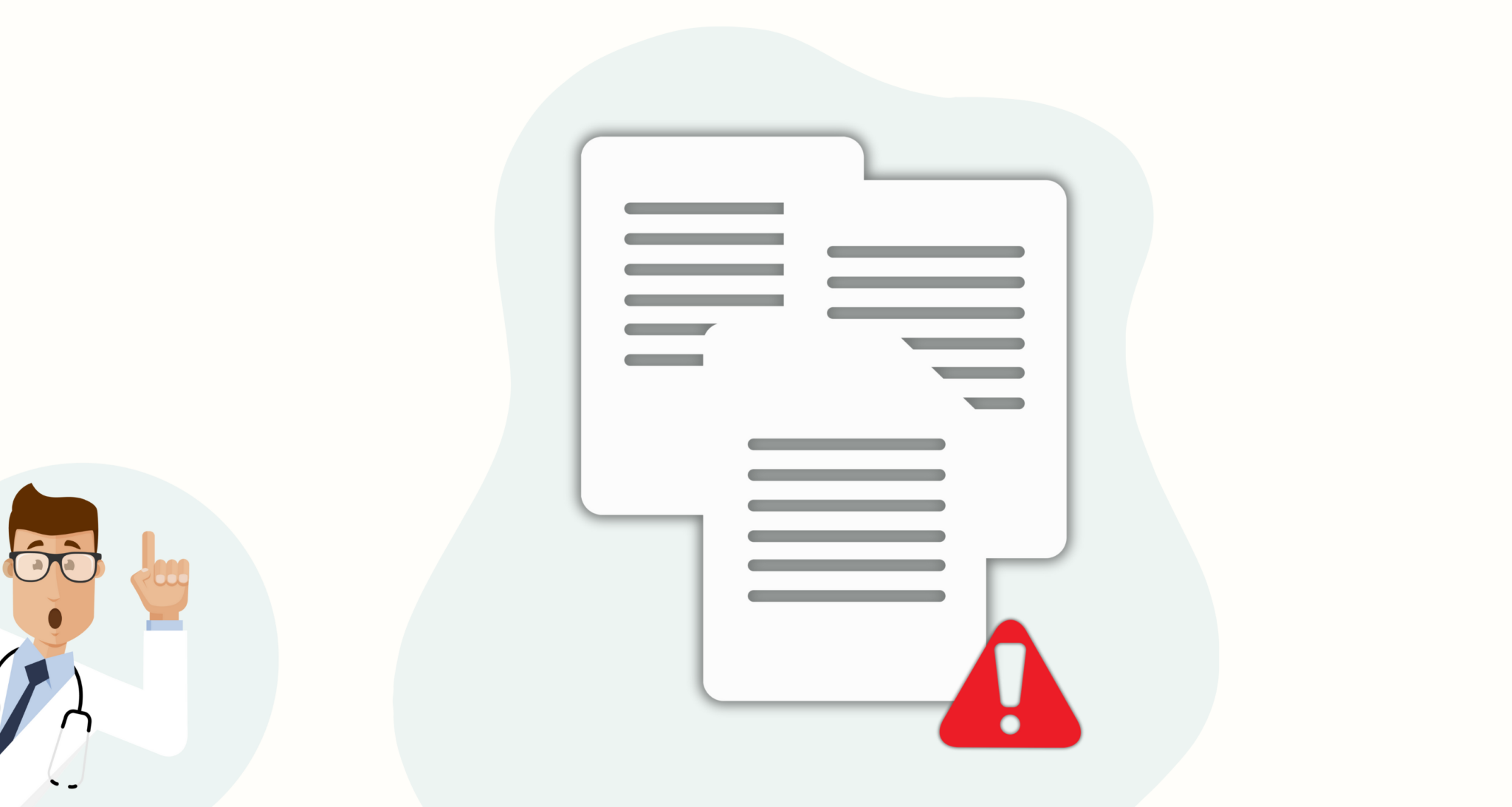
Training prepares your staff for what they might encounter while on the job and can help to reduce medical errors by up to 40%. An organization’s error reduction rate depends on the type of training used, whether to simulate clinical skills, administrative expectations, or potential on-the-job scenarios.
While training may differ, there should be a training system for each form of training. While this is true in some cases, depending on an organization’s needs, using training software robust enough to be used for a variety of training paths will also be successful. Medical errors in healthcare are a continuous concern, often leading to significant consequences for patients, providers, entire organizations, and even the healthcare system in general.
Understanding and addressing these errors will help to improve patient safety and healthcare quality. The right software solutions can be pivotal in this transformational process without the expected complexity or hassle.
What Are the Top 5 Most Common Medical Errors?
To form the training that would best suit your practice, consider asking, “What are the most common medical errors?” or “What are the top 5 medical errors?”
1. Diagnostic
At least 11% of medical issues are due to a misdiagnosis. While a diagnosis given to a patient will vary based on multiple factors, having a comprehensive approach to training can help reduce adverse events in healthcare.
2. Infection Control
Proper prevention safety measures and training are directly related to reducing the chance of spreading hospital-acquired infections or preventing them altogether. Having a significant stock of personal protective equipment and publishing safe management policies are more helpful when staff are trained to use them.
3. Surgical
Access to the right training type can improve patient safety and mitigate surgical risks and complications.
4. Medication
Medication errors are one of the most common medical errors that occur in healthcare, and one of the primary ways to mitigate the chance of these problems occurring is through proper training.
This type of training can vary from medication handling to properly reconciling medication in an electronic health record, consistently being trained on pharmacology best practices, and standardizing medication practices and training across all relevant departments.
5. Patient Identification
Patient identification is crucial for delivering the right care to the right person. Doing this accurately will also reduce the chance of medical and medication errors.
By focusing on the areas of concern that your clinic or healthcare organization might encounter the most, you can significantly reduce the incidence of medical errors in your practice.
The Role of Training in Preventing Medical Errors
Effective training is the primary way to reduce medical errors in healthcare. The right type of training will better equip clinical staff to manage multiple scenarios in their jobs, help with error prevention, and minimize confusion among proper policies and procedures.
Training is a preventative tactic that offers significant advantages for clinical staff.
Standardization of Procedures
Training programs offer a way to standardize your frequently used procedures and needed policies. Standardization provides staff with consistency and limits the chances of miscommunication.
Enhancement of On-the-Job Skills
Consistent training helps staff stay updated on the latest medical practices and technologies and continuously shifting industry regulations and guidelines.
While training is the goal, the type of software you use is what makes the real difference. At least 92% are using some type of learning management system to organize, monitor, and distribute their training material and efforts, which has also boosted employee knowledge and retention.
Leveraging Robust Training Software for Your Training Needs
Integrating advanced training software into your training processes offers significant advantages regardless of the size of the organization. Currently, over 95% of workers in the U.S. receive some type of informal training.
What this means is that there is limited standardization and potentially a higher risk of medical errors to be made. By using the right type of software, you can expect:
- More accessibility and flexibility
- Personalized learning paths
- Real-time training progress monitoring
- Ability to pull training reports
- More data-driven training and insights
The point of using training software isn’t just to reduce medical errors in healthcare but to be proactive rather than reactive so that they don’t occur at all.
Reducing Medical Errors in Healthcare With the Right Training Software
Reducing medical errors in healthcare might seem like a complex challenge, but with the right training and complementary tools, it’s not as difficult as it may seem. Leveraging the advantages of advanced training software provides healthcare professionals with comprehensive and relevant training while simplifying their training paths.
To start improving patient outcomes, retaining high-quality staff, and prioritizing high-quality training, schedule a demo with Compliancy Group today.









